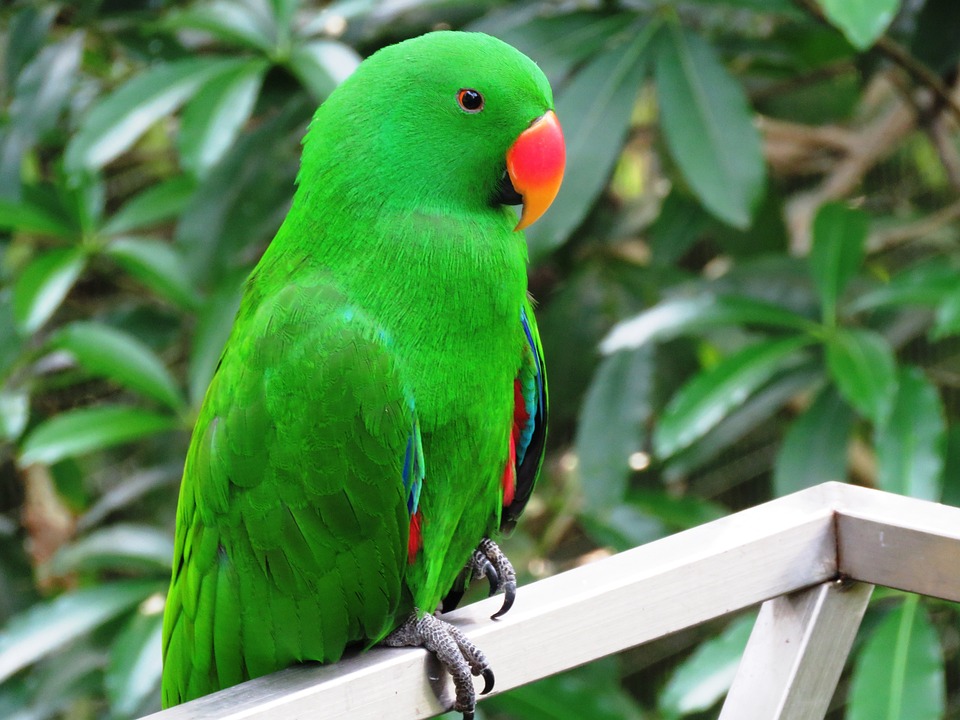Parrots are highly intelligent and social creatures that require mental and physical stimulation to thrive. Training perches are a valuable tool for parrot owners looking to enhance their bird’s development and training process. By providing a variety of training perches, you can create an environment that promotes agility, mental stimulation, and overall well-being for your feathered companion.
Understanding the importance of training perches is crucial for parrot owners. These perches offer a platform for parrots to practice balance, coordination, and strengthen their muscles. They also provide mental stimulation, prevent boredom, and encourage natural behaviors. By incorporating different perches into your parrot’s routine, you can contribute to their physical and cognitive growth.
To encourage parrots to interact with different training perches, it is important to introduce new perches gradually. Start with a familiar perch that is similar to the one your parrot is already comfortable with, such as a wooden dowel perch. Place it in a location where your parrot frequently spends its time, like near its cage or play area. Once your parrot is accustomed to this perch, gradually introduce new ones of different materials, sizes, and textures, such as natural branch perches, rope perches, or textured perches. Place them strategically around your parrot’s environment to encourage exploration.
To make the perches more appealing, consider adding interactive features. Attach toys, treats, or puzzle feeders to the perches, enticing your parrot to interact with them. This will help create positive associations with the perches and make them more enticing for your parrot to use.
Positive reinforcement and rewards are essential in parrot training. Whenever your parrot interacts with a new training perch, provide verbal praise, treats, or a favorite toy as a reward. This will help reinforce the behavior and encourage your parrot to engage with different perches willingly.
To prevent your parrot from getting bored or too comfortable with one perch, it is important to regularly rotate the perches. By periodically swapping and rearranging the perches, you can maintain your parrot’s interest and motivation to explore new perches.
Now, let’s address some frequently asked questions about parrot training perches.
Q1: How many training perches should I provide for my parrot?
It is recommended to have at least three to four training perches in different materials and textures to provide variety and stimulation for your parrot.
Q2: What if my parrot refuses to interact with a new perch?
If your parrot shows reluctance to interact with a new perch, do not force it. Instead, try placing the perch near its favorite toys or treats to create positive associations. Gradually move the perch closer to its cage or play area until your parrot becomes comfortable with it.
Q3: Can I use regular perches as training perches?
While regular perches can serve as training perches, it is beneficial to offer a variety of perches with different textures and features to enhance your parrot’s training experience and overall well-being.
In conclusion, training perches are essential tools for parrot training and enrichment. By gradually introducing new perches, incorporating interactive features, and utilizing positive reinforcement, you can encourage your parrot to interact with different training perches. Remember to rotate the perches regularly to maintain your parrot’s engagement and prevent boredom. Providing a stimulating environment will contribute to your parrot’s physical and mental well-being, fostering a stronger bond between you and your feathered friend.









